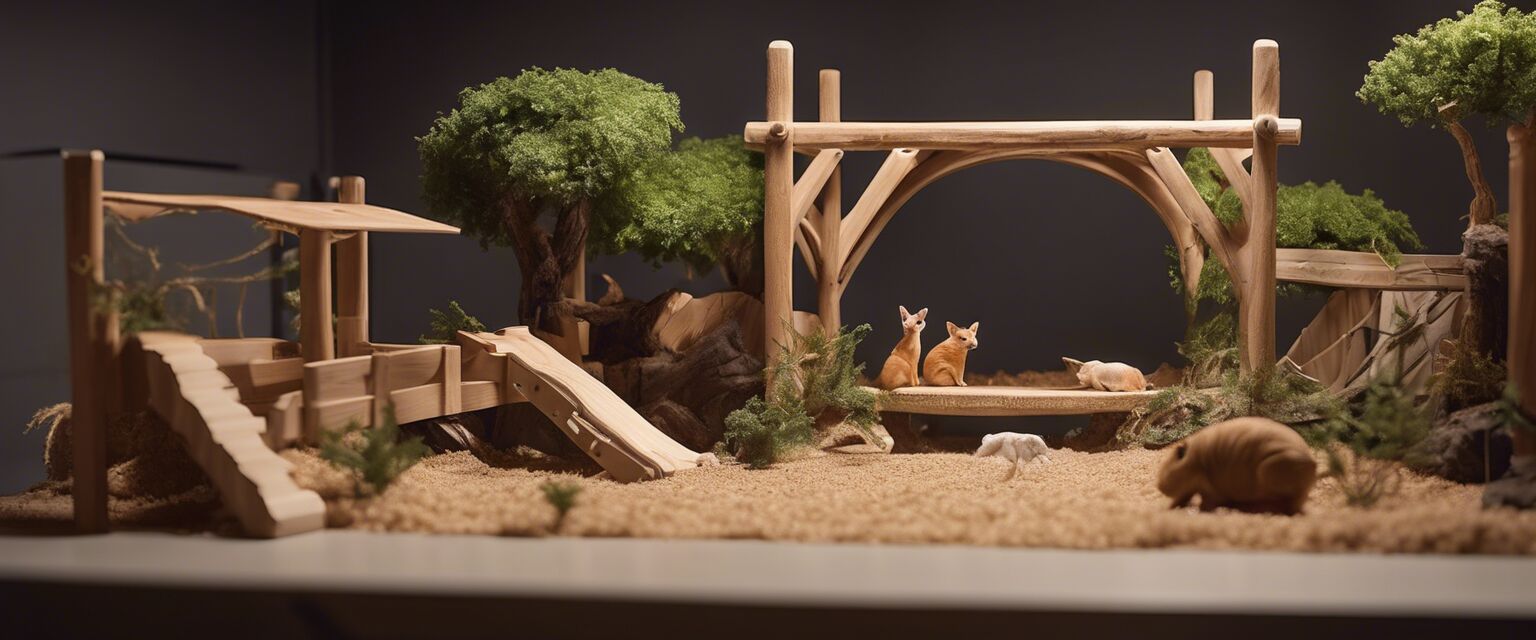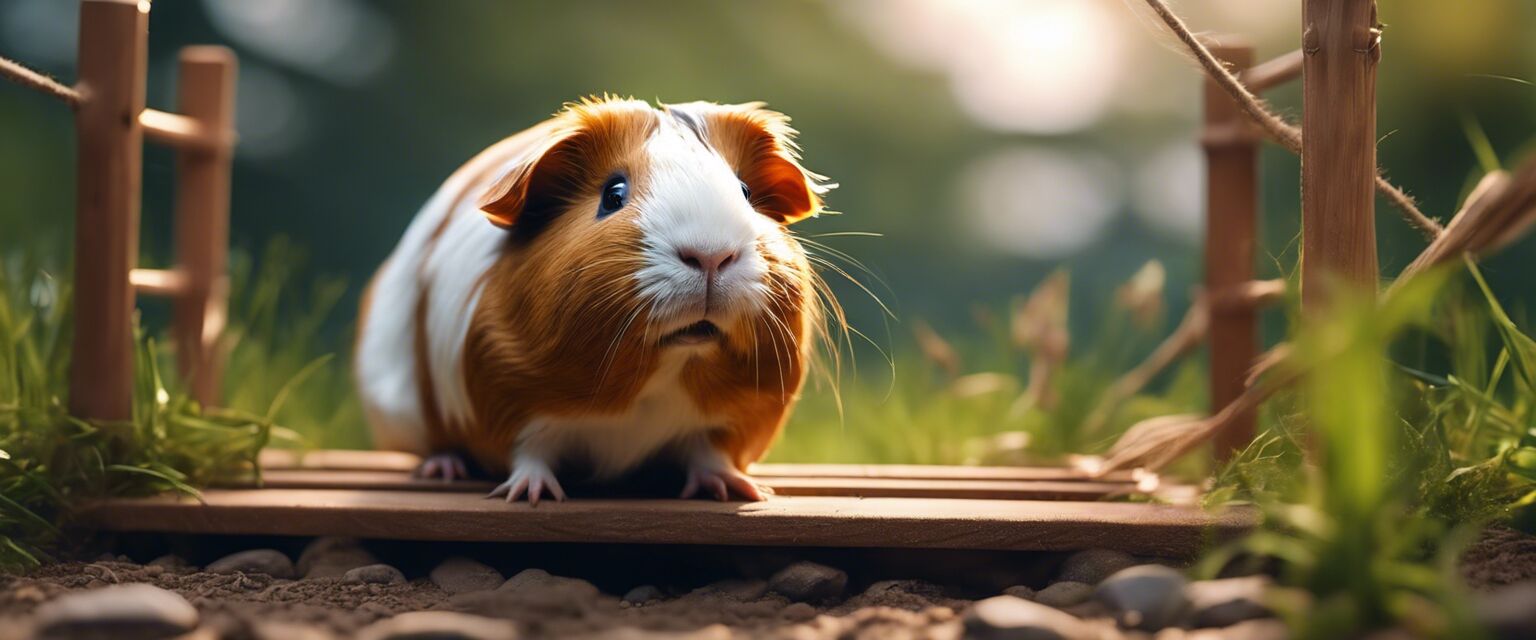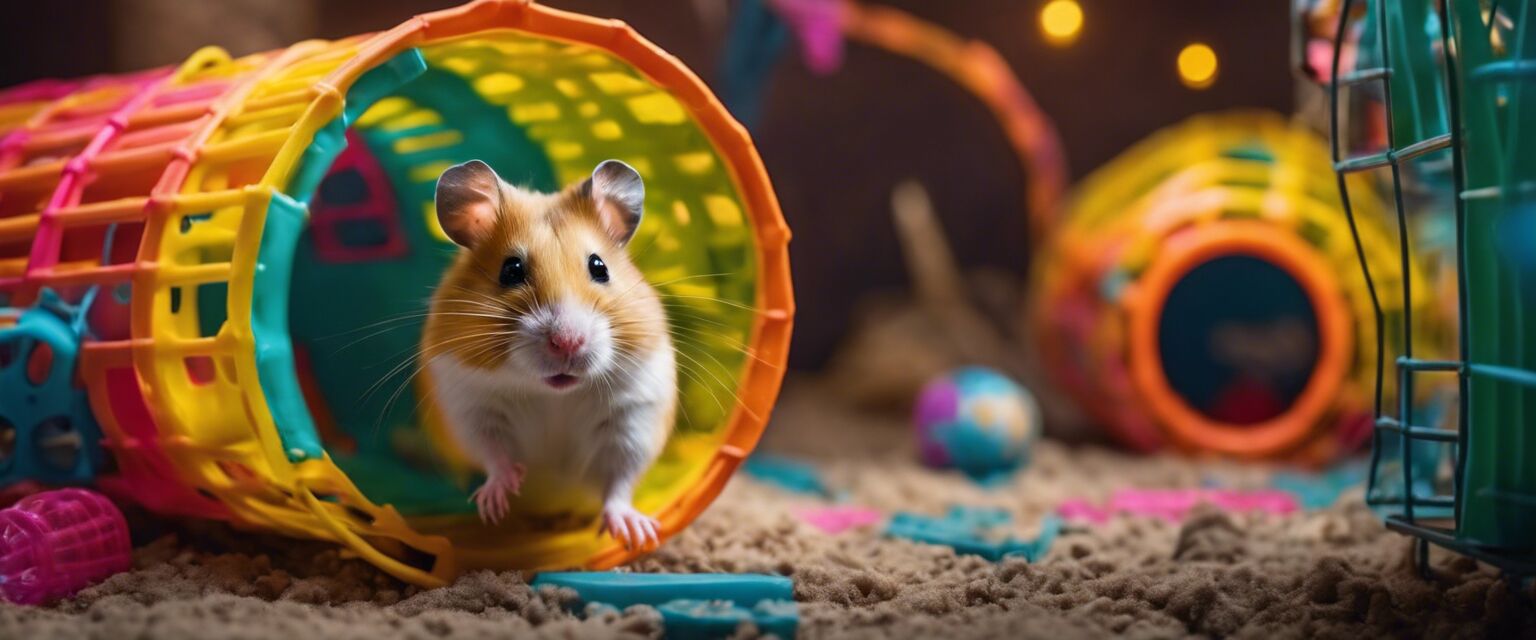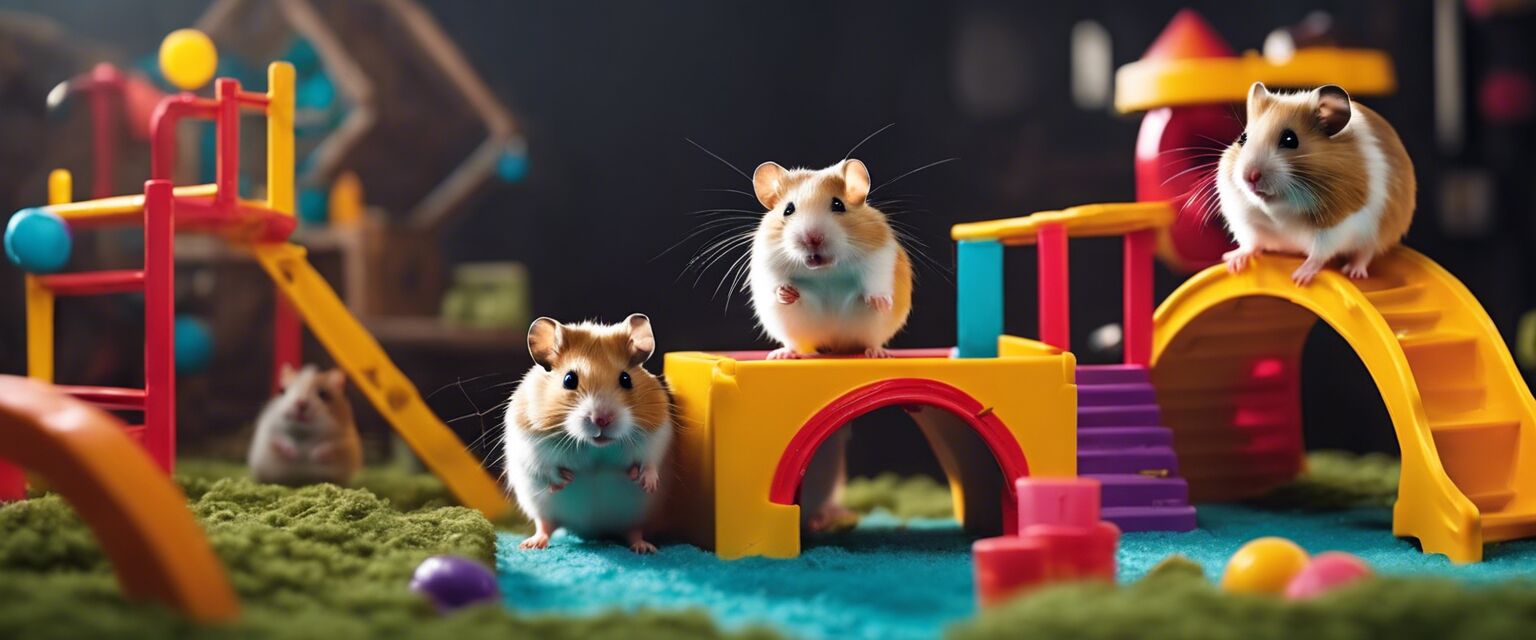
DIY Small Animal Play Structures
Key Takeaways
- Explore various types of play structures for small animals.
- Learn step-by-step instructions to build DIY structures.
- Understand the importance of safety and materials for your pets.
- Discover creative ideas for tunnels, bridges, and gyms.
- Find tips on how to customize play structures to suit different pets.
Small pets like hamsters, guinea pigs, and rabbits need stimulation and exercise to stay happy and healthy. One of the best ways to ensure they get enough activity is through play structures. In this guide, we will provide you with ideas and instructions to create your own DIY small animal play structures. Letâs get started!
Types of play structures
There are various types of play structures you can build for your small pets. Each type serves a different purpose and can provide countless hours of entertainment for your furry friends.
| Type | Description | Materials Needed |
|---|---|---|
| Bridges | Connect different areas of their play space. | Wooden planks, non-toxic glue, sandpaper |
| Tunnels | Provide hiding spots and a way to explore. | PVC pipes, cardboard tubes |
| Gyms | Offer climbing challenges and entertainment. | Wooden rods, netting, sturdy base |
| Hideouts | A place for pets to feel safe and secure. | Wood scraps, fabric, drill, screws |
| Chew Toys | Encourage chewing and promote dental health. | Natural wood, safe paint, twine |
Step-by-step building guides
Building a simple bridge
Creating a bridge is one of the easiest projects to enhance your petâs play area. Hereâs how you can do it:
- Gather materials: wooden planks, non-toxic glue, and sandpaper.
- Cut the wooden planks into desired lengths for the bridge.
- Use sandpaper to smooth out any rough edges to prevent injuries.
- Glue the pieces together to form an arch and allow to dry completely.
- Place the bridge in an area where your pet can safely use it.

Creating engaging tunnels
Tunnels can provide entertainment and encourage your animals to explore. Hereâs how to create one:
- Gather materials: PVC pipes or cardboard tubes.
- If using PVC pipes, ensure they are thoroughly cleaned.
- Cut the pipe/tube to your desired length.
- Decorate the outside with non-toxic paint if desired.
- Place the tunnels in various locations to encourage exploration.

Assembling a pet gym
A pet gym can be an exciting project. Follow these steps to build your own:
- Gather materials: wooden rods, netting, and a sturdy base.
- Create a square or rectangular base with the wooden rods.
- Attach the vertical rods from the corners of the base.
- Attach netting across the rods to create climbing areas.
- Ensure the structure is stable and safe for your pets.

Safety considerations
When constructing your DIY play structures, itâs crucial to prioritize your pets' safety. Here are some key points:
- Use non-toxic materials to prevent health risks.
- Avoid sharp edges and loose parts that can be swallowed.
- Ensure structures are stable to prevent tips and falls.
- Regularly inspect the structures for wear and tear.
- Provide supervision when pets are exploring new structures.
Tips for customization
Beginners Section
- Start with simple structures before attempting complex builds.
- Get inspiration from existing structures online.
- Donât hesitate to modify your designs based on your pet's preferences.
- Test everything out first for safety before letting your pets play.
- Involve your kids in the building process for a fun family activity!
FAQs about DIY small animal play structures
What size structures are suitable for small animals?
The size of the structures should be proportional to the size of your pet. For smaller pets, smaller tunnels and bridges suffice, while larger ones need more space to move.
Are there any materials I should avoid?
Yes, steer clear of treated wood, plastics that may contain harmful chemicals, and anything with sharp edges. Always aim for natural materials that are safe for pets to chew.
How often should I change my pet's play environment?
Changing the layout every couple of weeks keeps things fresh and encourages exploration. Introducing new structures can also stimulate curiosity and activity in your pets.
Conclusion
DIY small animal play structures not only provide your pets with the stimulation they need but also let you express creativity. With the right materials and a little bit of effort, you can build structures that are safe, fun, and engaging for your furry friends. Explore our categories for more play structure ideas:









